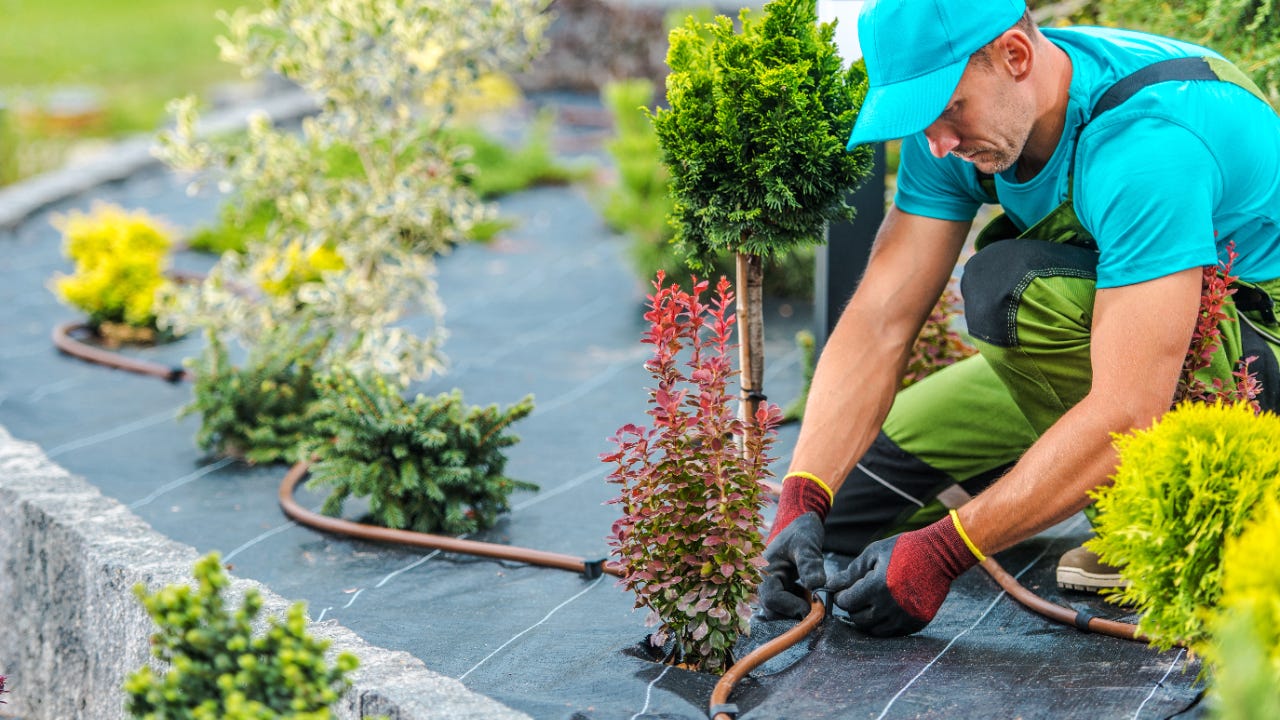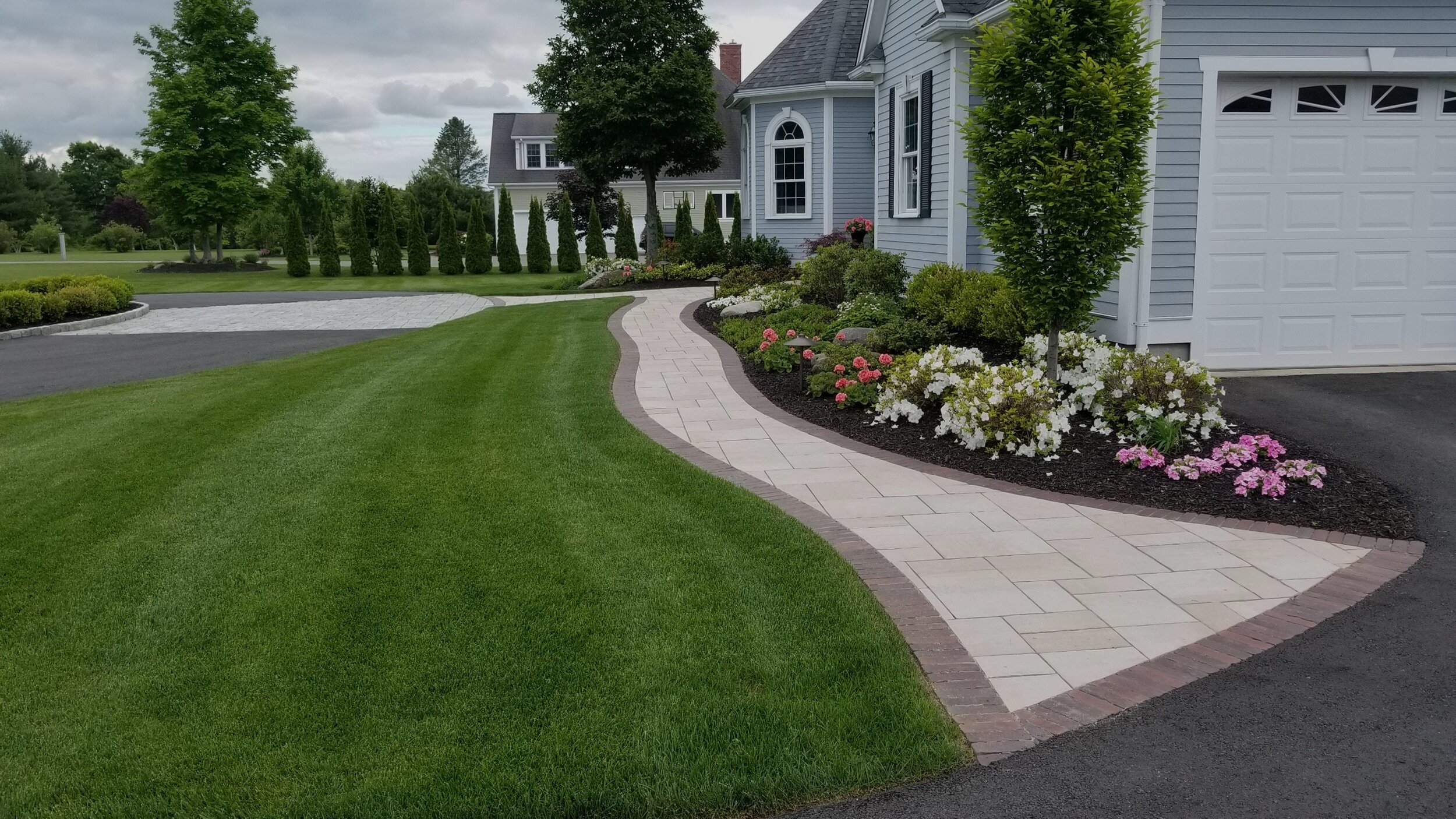Update Your Residential Or Commercial Property with Customized Palm Desert Landscaping Solutions
Update Your Residential Or Commercial Property with Customized Palm Desert Landscaping Solutions
Blog Article
A Comprehensive Overview to Designing and Implementing Effective Landscaping Solutions
The art and science of landscape design prolong past simple aesthetics; they involve a thoughtful integration of layout principles, environmental stewardship, and sensible execution. A detailed guide to reliable landscape design remedies starts with a thorough understanding of your outside area, emphasizing the significance of percentage, balance, and unity. As we discover sustainable strategies and the choice of appropriate plants, the implications for biodiversity and area well-being come to be progressively evident. What methods can one employ to make sure these landscapes not only grow but likewise grow attuned to their surroundings?

Recognizing Landscape Style Concepts
One may wonder what fundamental elements add to efficient landscape design. At its core, effective landscape design pivots on numerous crucial principles that guide the plan and selection of components within a space. These concepts include unity, equilibrium, proportion, and rhythm, each offering to create an unified outside environment.
Unity describes the cohesive connection amongst various parts, ensuring that they interact visually and functionally. Equilibrium can be achieved with asymmetrical or balanced arrangements, enabling the landscape to feel stable and inviting. Percentage involves understanding the range of aspects in relation to each other and the surrounding atmosphere, advertising visual harmony and comfort.

Analyzing Your Outdoor Space
Prior to applying the concepts of landscape design, a complete analysis of your outdoor space is essential. This initial assessment assists specify the extent of your landscape design project and guarantees that your style lines up with the special features of your residential or commercial property. Begin by assessing the measurements of your area, taking specific dimensions to understand the offered location for numerous components such as yards, patio areas, and paths.
Following, observe the existing attributes of your landscape, consisting of topography, dirt high quality, and drain patterns. These aspects substantially influence plant choice and positioning. Furthermore, evaluate the sunlight direct exposure across different locations throughout the day, as this will certainly affect the types of plants that thrive in your yard.
Take into consideration the microclimates developed by structures, trees, and other obstacles, as they can influence temperature level and wetness levels. Take note of any kind of existing plants or hardscape aspects that you want to retain or get rid of. This thorough examination prepares for a knowledgeable and reliable landscape design option, ensuring that your layout is not only cosmetically pleasing however also useful and sustainable for years ahead.
Sustainable Landscape Design Techniques
These techniques not just promote ecological balance however likewise boost the functional and aesthetic value of a landscape. Carrying out efficient irrigation systems, such as drip irrigation, reduces water waste and makes certain that plants obtain adequate wetness (Palm Desert Landscaping).

An additional effective strategy is the calculated placement of bushes and trees to give natural windbreaks and shade, therefore reducing energy prices (Palm Desert Landscaping). Rainfall gardens can be incorporated right into the landscape design to take care of stormwater overflow efficiently, filtering system toxins prior to they enter rivers
Picking the Right Plants
Selecting the right plants for your landscape is vital to attaining both aesthetic appeal and ecological harmony. The process check this begins with an understanding of your regional environment, dirt problems, and the details microenvironments within your landscape. Assessing factors such as sunlight exposure, moisture levels, and existing plants will assist you select plants that prosper in your special setup.
Think about including indigenous plants, as they are well-adapted to regional problems, need less maintenance, and support local wildlife. Additionally, selecting a varied selection of varieties can boost biodiversity while decreasing the danger of disease and pest outbreaks. It is important to evaluate the growth behaviors, growing durations, and seasonal colors of potential plants to create a natural and vibrant landscape.
Furthermore, think of the meant use of the space; for circumstances, if the location will experience high foot traffic, select durable ground covers. By thoughtfully picking plants that line up with both your aesthetic objectives and ecological requirements, you can develop a sustainable landscape that not just boosts your residential property however also adds positively to the surrounding community.

Application and Maintenance Approaches
As soon as the best plants have been picked for your landscape, the focus moves to reliable implementation and ongoing maintenance methods. Effective installation begins with appropriate website prep work, that includes soil testing to figure out nutrient degrees and pH, adhered to by amending the soil as needed. Meticulously organize plants according to their growth routines and light needs, ensuring sufficient spacing to promote healthy growth.
Irrigation is an essential component of execution. Develop a watering schedule that considers the particular requirements of each plant types, readjusting for seasonal adjustments. Making use of drip watering systems can boost water effectiveness and minimize overflow.
Upkeep methods need to be carried out to make sure the durability and vitality of your landscape. Routine tasks include weeding, mulching, and pruning to manage growth and prevent condition. Fertilization must be carried out based on dirt examinations, supplying the needed nutrients without over-fertilizing.
Keeping an eye on for insects and diseases is important; find more information early discovery can prevent considerable damages. Seasonal modifications to maintenance regimens, such as preparing and winterizing perennials for spring development, will certainly make sure that your landscape stays visually attractive and healthy year-round.
Verdict
Effective execution and recurring maintenance even more make sure the long life and vigor of landscapes. By incorporating these elements, landscapes can be transformed into stunning, useful environments that promote biodiversity and contribute positively to neighborhood wellness.
One may question what fundamental components add to reliable landscape layout. At its core, effective landscape layout pivots on numerous key concepts that guide the arrangement and selection of elements within a space.Selecting the right plants for your landscape is essential to achieving both aesthetic charm and best site environmental harmony. It is vital to assess the growth practices, blooming periods, and seasonal shades of possible plants to develop a natural and vibrant landscape.
Once the right plants have actually been picked for your landscape, the focus changes to effective application and ongoing upkeep approaches.
Report this page